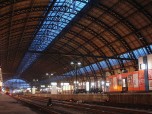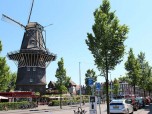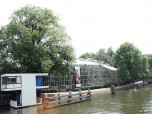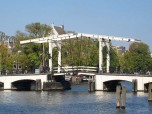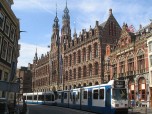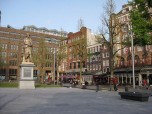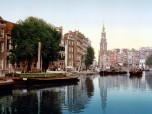The Stopera is a national landmark located in Amsterdam. Once surrounded in controversy, the facility which holds the national opera house and city hall has become a treasured monument.
The Concept
The Stopera came into existence because the citizens of Amsterdam wanted to have a new opera house and city hall. Over sixty years ago the talks for the new building began. Policy makers discussed building details for many years, including where the new opera house and city hall would be built. Finally, they decided on a site that was in the center of Amsterdam. Architectural firms from around the world competed in order to design the Stopera. The large curved shaped building was designed by Wilhelm Holzberger from Vienna and is conveniently situated between Waterloopein and Zwanenburgwal Canal. Its reddish brick with corrugated metal stands out in the heart of Amsterdam’s uniformly designed structures.
The Controversy
Years of plans being put on hold put construction of the building behind for decades. In addition, many residents were upset at how the plans for the building were taking place and the amount of money that it would cost to build. Many historical landmarks from the medieval times were destroyed in order to make room for the Stopera. Angry residents held protests and staged sit ins to show their disapproval. Despite their efforts however, the Stopera finally began construction in 1982. It did not open its doors until 1986 and the cost was over one hundred million dollars over budget.
The Stopera is now treasured by residents of Amsterdam and serves as a cultural meeting place for many. With beautiful views of the Amstel River, visitors are afforded the opportunity to attend some of the best opera performances in the world. In addition, the unique design of the Stopera seems to forever remain an interesting piece of history for the Netherlands.

